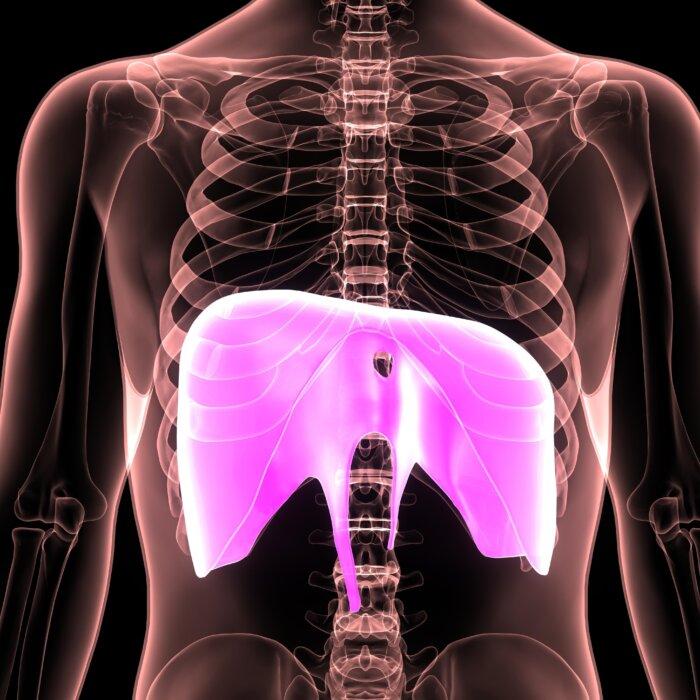Wellness trends often entice with promises of a healthier, happier life—and the latest one might raise an eyebrow. An increasing number of people are deliberately taping their mouths shut.
At first glance, this practice may seem odd, yet its goal is to encourage something as fundamental as breathing—specifically, breathing through the nose. Despite its unconventional appearance, this trend is gaining traction, attracting everyone from Hollywood celebrities to everyday fitness buffs.
The Science of Breathing: Understanding the Basics
Breathing is often taken for granted. Yet how we breathe—through the nose or mouth—can profoundly affect our health. The anatomical and physiological differences between nasal and mouth breathing significantly influence our body’s oxygenation and respiratory health.“Your nose is designed for breathing,” Stuart Sandeman, a globally recognized breathing expert and founder of Breathpod, told The Epoch Times.
He said that from birth, our bodies are designed to inhale and exhale through the nose, a process that offers numerous health advantages.
7 Reasons to Breathe Through the Nose
1. Shield Against Illness
Our nose serves as a defender against germs and contaminants in the air. As air passes through the nasal cavity, tiny hairs and mucus trap dust, allergens, and other harmful particles, preventing them from reaching the lungs and warding off respiratory infections.“Being a nasal breather is known to provide the right milieu, the right environment, to keep that nasal microbiome at its healthiest, and promote the diversity of the microbiota in the nasal passages that can best protect you against colds and flu,” he said.
2. Enhance Oxygen Absorption
Nasal breathing helps better regulate the amount of oxygen and carbon dioxide entering the bloodstream. The nasal passage produces nitric oxide, a gas that plays a crucial role in increasing blood flow and oxygen delivery to vital organs. This process is essential for maintaining efficient oxygen–carbon dioxide exchange and cardiovascular health.3. Maintain a Healthy Smile
Nasal breathing is not only about taking a breath—it’s a significant ally for oral health. Mouth breathing can dry out the mouth, setting the stage for tooth decay and gum disease. In contrast, nasal breathing keeps the mouth’s natural cleansing system—saliva—flowing.4. Improve Sleep
Switching to nasal breathing could be the key to better sleep. Mouth breathing during sleep often leads to a dry throat and disrupted rest. In contrast, nasal breathing promotes uninterrupted and deeper sleep by maintaining optimal blood oxygen and carbon dioxide levels.5. Calm the Nervous System
Nasal breathing plays a pivotal role in regulating the nervous system, particularly balancing the sympathetic and parasympathetic systems. This regulation is crucial for stress reduction and overall well-being. When we breathe through our noses, we take slower, deeper breaths that activate the parasympathetic nervous system, leading to a calmer and more relaxed state.“Nasal breathing creates resistance to airflow, so it slows the rate at which you breathe to induce a parasympathetic nervous system response, also known as ‘rest and digest,’” Mr. Sandeman said.
He noted that right nostril breathing stimulates the body’s sympathetic system, while the left enhances the parasympathetic system. This dominance shifts in a daily pattern known as the nasal cycle.
6. Protect Your Brain
Nasal breathing is more than just a way to take in air—it’s a booster for your brain. Breathing through the nose is crucial in maintaining the proper levels of carbon dioxide in the blood, which is essential for brain health. Nasal breathing is fundamental for cognitive functions such as memory, focus, and concentration.7. Improve Appearance
Nasal breathing, especially from a young age, plays a crucial role in shaping facial structure, as outlined by the Cleveland Clinic: “Mouth breathing can affect children’s facial development, causing what’s called ‘mouth breathing face.’ People who have mouth breathing face often have narrowed faces with receding chins or jaws.”Adapting to Change: Techniques to Encourage Nasal Breathing
Shifting to nasal breathing can be challenging, especially for chronic mouth breathers. Here are some practical techniques and exercises to help make this transition:- Mouth taping at night: A simple yet effective method for nighttime is mouth taping. Using a small piece of breathable tape over the lips can encourage nasal breathing and prevent mouth breathing during sleep.
Mr. Sandeman noted that transitioning from mouth to nasal breathing can be challenging. “If you are a mouth breather, the switch to nasal breathing may feel hard at first,” he said. He suggests gradually increasing mouth-taping duration, starting from one minute to thirty minutes during the day, before progressing to overnight taping.
- Breathing exercises: Specific breathing exercises can strengthen the respiratory system and promote nasal breathing. Activities such as alternate nostril and diaphragmatic breathing, during which you consciously breathe using your diaphragm, can be beneficial.
- Allergy management: For those who struggle with allergies leading to nasal congestion, breathing through the nose may seem impossible. Consulting with a health care provider for long-term allergy management strategies can also be helpful.
- Conscious practice: During the day, make a conscious effort to breathe through your nose. Set regular reminders to check your breathing pattern and correct it if you find yourself breathing through your mouth.
- Physical exercises for the jaw and tongue: Engage in exercises that strengthen the jaw and tongue, as they play a role in maintaining an open airway and supporting nasal breathing. Simple actions such as pressing the tongue against the roof of the mouth and holding for a few seconds can be effective.

A Balanced View: When Mouth Breathing Is Necessary
Mouth breathing is sometimes unavoidable, such as during intense physical activity or when experiencing certain medical conditions. It’s important to understand when this form of breathing becomes necessary and how to mitigate its negative effects.“Nasal breathing is how you should breathe most of the time, although there are times when breathing through your mouth will save your life,” Mr. Sandeman said.
If you unexpectedly step into the path of an oncoming car, a sharp intake of breath through your mouth triggers a rapid blood flow to your leg muscles, enabling you to swiftly leap back to safety, he explained.
Although the shift from mouth to nasal breathing might challenge the habits of a lifetime, the potential rewards speak volumes in favor of a conscious return to this natural, health-boosting practice.










